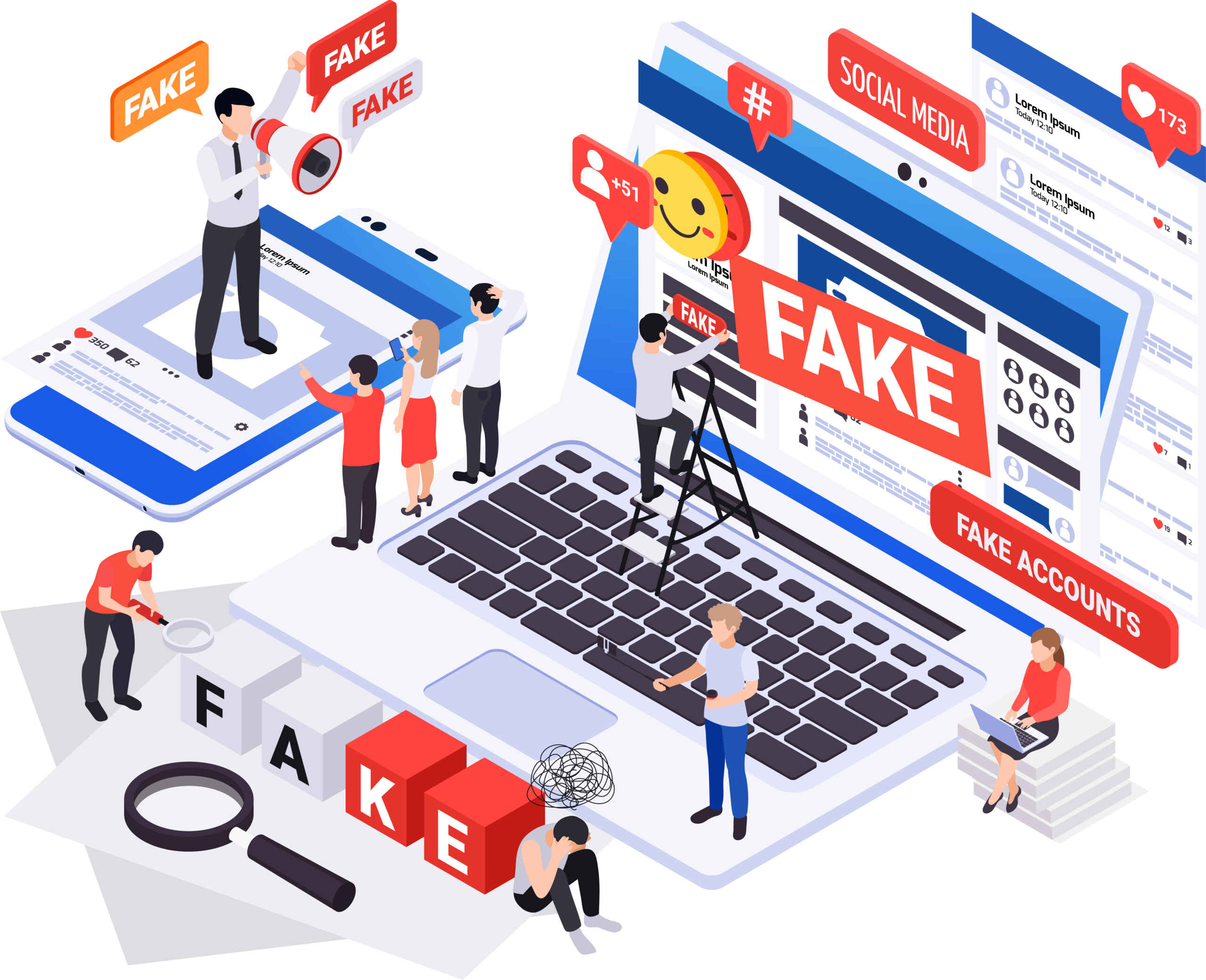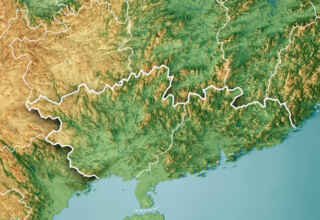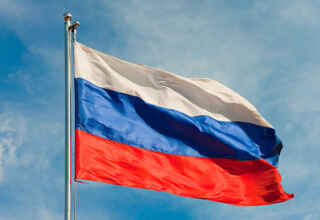
With the growth in social media use, national governments have shifted a piece of their propaganda online to reach a wider audience. This can be done for good reasons, like promoting political participation in elections, but most of the time is used negatively by intelligence agents to persuade users and readers. Since the outcomes of disinformation affect the media system, democratic institutions and international security, finding a common definition has been a problem. At the moment, disinformation ‘is currently seen as a matter for regulatory intervention by the public sector, rather than an example of poor information supply that will be solved by the news market’ (Casero-Ripollés et al., 2023). In extremis, disinformation is treated as a security threat in the context of hybrid attacks. Information warfare is therefore no longer an additional arm of strategy, but a parallel component of military campaigns.
In this conflict situation, Russia has been playing a game in which it is particularly good. Despite Western bans, Russian propaganda flourished both in traditional platforms and social media. The “hybrid” warfare approach is indeed proficient and well-established. Pro-Russian accounts have circulated disinformation about Russia’s role in the Donetsk region since before 2014, assisting Russia’s takeover. Hate speeches find a fertile ground on social media and that is what the Russian government is looking for. Russian politicians have often cited Western disloyalties or the incompetency and corruption of Ukrainian leadership. Hostility increases hype. For instance, after the Malaysian Airline flight MH17 was shot down by Russia over Ukraine, an analysis of 950,000 Twitter posts found a myriad of competing claims online, creating a struggle for truth. Zelensky’s X account is thus the most reliable way for many Ukrainians to get crucial information on the invasion and negotiations between the President and other leaders. As much, it must be underlined that disinformation tools are being used by both the governments of Russia and Ukraine to set the agenda for wider media reporting. Yet, Russians have been smarter in “recruiting” their citizens. There is a Russian version of TikTok that provides information almost exclusively in the Russian language and is much more radicalized than the standard TikTok. Russia is here described as the saviour of its own people who have been betrayed. ‘Russia remained cooperative, financially supportive, as well as united in the spirit of one country with, most notably, fellow Ukrainians’. Then, Russian propaganda is produced in incredibly large volumes and distributed via many channels. It is rapid, continuous, and repetitive. The objective is sometimes not true, as Russian propagandists do not need to check or verify their spread of information. They just disseminate an interpretation of emergent events that could advantage their themes and motivations. Occasionally, they manufacture completely determined information, like the 2014 social media campaign to create panic about an explosion and chemical plume in St. Mary’s Parish, Louisiana, that never happened.
Even the Israeli-Palestinian conflict has been commented a lot on social media as retaliated, photographs and videos of violence flooded out of the region. However, although some of the images were posted by victims on the ground at the attacks or reportedly seeded by Hamas, others were years old, taken from conflict zones in other parts of the world, or even from a fictional video game. Real news about what is really happening in the Gaza Strip is difficult to obtain since not many journalists are reporting directly from the dangerous conflict zone. There are two denialist narratives about the war that have sadly become prominent online: blaming Israel for killing its own civilians on October 7, instead of Hamas, and “Pallywood”, namely the idea that Palestinian civilian casualties are fake crisis actors. Furthermore, much fake news is sprouting from the conflict, especially in Elon Musk’s X, as well as many users’ voices are being shut up, like activist ones on Instagram. On X, tweets have even been serving as a rationale for the genocide in Palestine. A dehumanization technique has been spotted online, especially among Americans’ profiles, neglecting and justifying Israel’s violence against civilians, like 30 percent of Palestinian marriages are between first cousins, or that Palestinians have an average IQ level of 67.9, which is extremely low. Additionally, the reach of content that is critical to Israel has been curtailed, arbitrarily taking down posts that simply mention Palestine.
There is a feeble line between censure and free speech, and with the rise of disinformation humanity is at high risk. As people are often cognitively lazy and due to information overload, it is normal to shortcut information and determine which one is trustworthy. However, people’s judgment can be wrong and governmental institutions, aware of it, manipulate information with the purpose of inducing populations to accept or oppose certain policies and opinions. What can be done is to strengthen transparency of social media and give people the right tools to assess whether online information can be reliable or not. Hamas can be defined as a terrorist organization for sure because it uses violence in order to achieve political goals. Yet not all Palestinians are terrorists or Hamas-affiliated. Details and proper facts-check are key to understanding the truth behind a post on social media.
By The European Institute for International Law and International Relations
References
https://www.nature.com/articles/s41599-023-02179-8 – Casero-Ripollés, A., Tuñón, J. & Bouza-García, L. The European approach to online disinformation: geopolitical and regulatory dissonance. Humanit Soc Sci Commun 10, 657 (2023). https://doi.org/10.1057/s41599-023-02179-8












